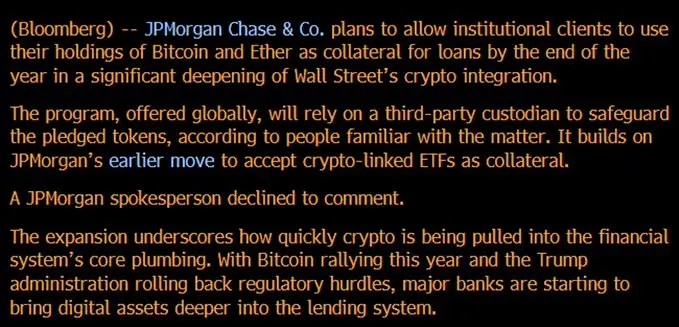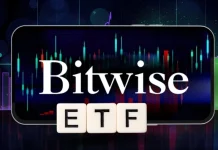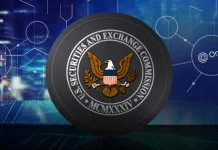
- JPMorgan plans to accept Bitcoin and Ether as loan collateral globally by the end of 2025.
- Shift marks JPMorgan’s move from ETF-backed loans to direct Bitcoin and Ether pledging.
- CEO Jamie Dimon softens tone as client demand pushes JPMorgan deeper into crypto adoption.
According to reports, JPMorgan Chase plans to begin allowing large corporate clients to use Bitcoin and Ethereum as collateral for loans by the end of 2025. The program, which is expected to run globally, marks a deeper connection between digital assets and traditional credit markets.
Until now, the bank’s loan system has recognized only crypto-related exchange-traded funds. However, the new plan lets clients pledge actual tokens instead of ETF shares. A third-party custodian will hold the assets on behalf of borrowers and lenders, ensuring regulatory compliance and reducing counterparty exposure.
JPMorgan Open Doors for BTC and ETH Loan Collateral (Source: X)
This setup enables clients to raise capital without selling their holdings, thereby maintaining their market positions intact. The shift comes as institutional investors seek new ways to use crypto within familiar banking frameworks. JPMorgan stated that the model provides flexibility while meeting existing risk and capital standards.
JPMorgan: From Pause to Progress
JPMorgan first explored crypto-backed lending in 2022 but froze the idea when market conditions became unstable. This year, more explicit rules in major regions—including the European Union, Singapore, and the United Arab Emirates—have revived the effort.
In the United States, lawmakers and regulators have relaxed earlier restrictions, allowing banks more flexibility in managing digital-asset exposure. The bank already counts Bitcoin ETF holdings toward clients’ liquidity and net worth calculations.
Expanding to direct token pledging is the next step, reflecting the maturation of market infrastructure and demand from institutional investors. Other banks are on similar paths. Morgan Stanley, for instance, is preparing to offer crypto access on its E*Trade platform by 2026.
Moreover, State Street, Fidelity, and BNY Mellon now handle custody and settlement for several cryptocurrencies. BlackRock’s spot Bitcoin ETF enables the direct exchange of the asset within the fund, demonstrating how digital instruments are being integrated into standard portfolio management.
Dimon Softens His Stance
The policy also shows a notable change at the top. JPMorgan Chief Executive Jamie Dimon, long known for his skepticism of Bitcoin, has recently adopted a more tolerant stance. At an investor meeting in May, he told shareholders:
“I don’t think we should smoke, but I defend your right to smoke.
I defend your right to buy Bitcoin — go at it.”
While Dimon remains cautious about crypto’s volatility, the remarks signal a pragmatic shift. The bank’s approach now reflects client demand rather than personal opinion. For many large investors, holding cryptocurrency through regulated channels is becoming a standard part of asset management, rather than speculation.
Risk Controls and System Integration
Bringing digital assets into traditional loan books adds complexity. Samuel Patt, co-founder of Bitcoin metaprotocol OP_NET, said the move introduces 24-hour, mark-to-market assets into systems that settle once a day.
He noted that lenders must model intraday volatility, liquidity, and custodial health in real time. To manage those challenges, JPMorgan is developing live-pricing systems, dynamic margin rules, and insurance for custodial partners.
These controls mirror those used for equities and bonds, but account for crypto’s constant trading cycle. Once active, the program will allow borrowers to unlock credit lines without selling Bitcoin or Ether, a benefit for funds that want liquidity while maintaining long-term exposure. Analysts say this could limit forced selling during downturns and bring more stability to crypto-backed lending.
Bridging Traditional and Digital Finance
The decision places JPMorgan among a growing list of major banks building direct links to blockchain-based assets. In July, BNY Mellon and Goldman Sachs introduced a tokenized money-market fund for institutions.
Morgan Stanley later confirmed broader access to crypto investment products for all clients. Together, these developments mark a gradual merge between conventional finance and the digital-asset economy.
As regulations tighten and demand expands, the boundary between the two systems continues to blur. JPMorgan’s plan to take Bitcoin and Ether as loan collateral signals that change more clearly than ever—digital assets are now stepping into the heart of global finance.














